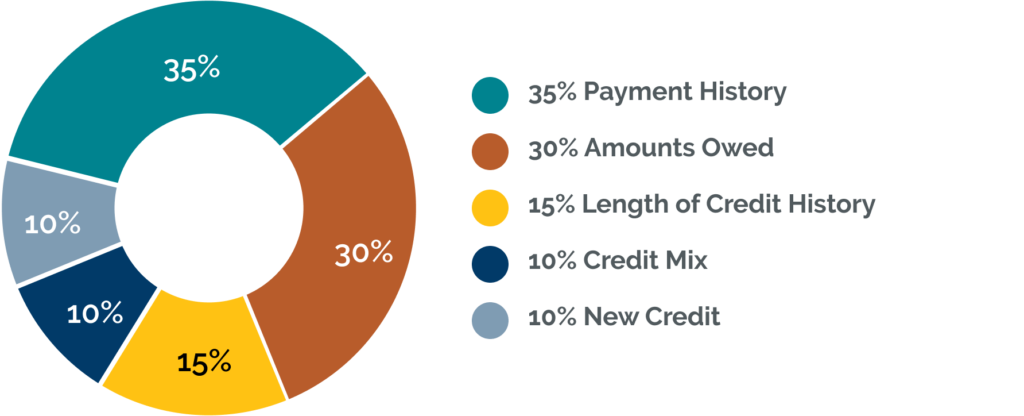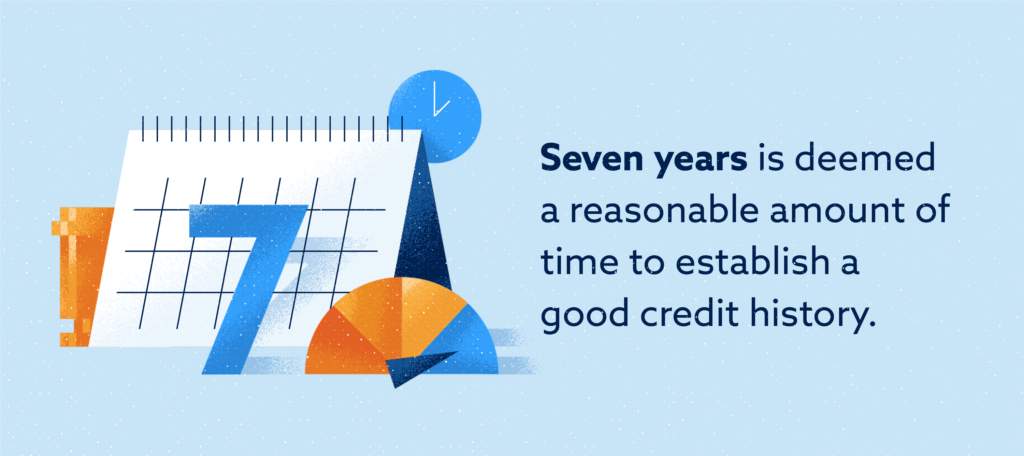Your credit score is one of the most important numbers in your financial life. It determines your ability to qualify for loans, credit cards, mortgages, and even rental applications. A 700+ credit score is considered good and gives you access to better financial opportunities, including lower interest rates and higher credit limits.

If your credit score is below 700, don’t worry—you can increase it quickly by following the right strategies. In this guide, we’ll break down step-by-step methods to boost your credit score and maintain a strong credit profile.
1. Understanding Credit Scores: What Factors Affect It?
Before improving your credit score, it’s essential to understand the factors that influence it. Your credit score is calculated based on five key components:
📌 1. Payment History (35%) – Your record of on-time vs. late payments.
📌 2. Credit Utilization (30%) – How much of your available credit you are using.
📌 3. Length of Credit History (15%) – The age of your oldest and newest accounts.
📌 4. Credit Mix (10%) – The variety of credit accounts (credit cards, loans, mortgages).
📌 5. New Credit Inquiries (10%) – How often you apply for new credit.

Now that you understand what impacts your score, let’s dive into actionable steps to reach 700+!
2. Step-by-Step Guide to Boosting Your Credit Score to 700+
Step 1: Check Your Credit Report for Errors
The first step in improving your credit score is checking your credit report for errors or fraudulent activity.
✅ Get a free credit report from AnnualCreditReport.com (one report per year from each bureau: Experian, Equifax, and TransUnion).
✅ Look for incorrect late payments, inaccurate balances, or accounts you don’t recognize.
✅ Dispute errors immediately with the credit bureaus to have them removed.

💡 Pro Tip: If you find an error, file a dispute online directly with the credit bureau’s website.
Step 2: Pay Your Bills on Time
Your payment history accounts for 35% of your credit score, making on-time payments the most crucial factor.
✔ Set up automatic payments for credit cards and loans.
✔ Use reminders or budgeting apps to track due dates.
✔ Even if you can’t pay the full balance, make at least the minimum payment to avoid late fees.
📌 Missing a single payment can drop your score by 50+ points!

Step 3: Lower Your Credit Utilization Ratio
Your credit utilization ratio (the percentage of credit you’re using vs. available credit) makes up 30% of your score. A low utilization rate (below 30%) is ideal.
✅ Pay down credit card balances as soon as possible.
✅ Request a credit limit increase to lower your utilization percentage.
✅ If possible, keep utilization below 10% for a faster boost.
Example:
- If you have a $5,000 credit limit and a $2,500 balance, your utilization is 50%.
- Paying it down to $500 reduces your utilization to 10%, improving your score.

Step 4: Become an Authorized User on a Credit Card
If you have a family member or friend with good credit, ask them to add you as an authorized user on their credit card.
✔ You benefit from their long credit history and responsible usage.
✔ This can quickly add years of credit history to your report.
✔ You don’t even have to use the card—just being on the account helps.
💡 Pro Tip: Choose a person with on-time payments and low credit utilization for the best impact.
Step 5: Keep Old Credit Accounts Open
The length of your credit history makes up 15% of your score, so avoid closing old credit accounts, even if you’re not using them.
✅ Keep oldest credit cards open to maintain a long credit history.
✅ If a card has an annual fee, call and ask for a no-fee downgrade option instead of closing it.
📌 Closing old accounts can reduce your average account age and lower your score!

Step 6: Apply for a Secured Credit Card (If You Have No Credit)
If you have no credit history or bad credit, a secured credit card is an excellent way to build or rebuild your credit score.
✔ You deposit money upfront as collateral (e.g., $200-$500).
✔ Use it like a regular credit card and pay off the balance in full each month.
✔ Many secured cards convert into regular credit cards after responsible use.
📌 Best Secured Credit Cards (2024)
1️⃣ Discover it® Secured Credit Card – No annual fee, cash back rewards.
2️⃣ Capital One Platinum Secured – Low deposit requirements.
3️⃣ Chime Credit Builder Card – No interest or fees.
Step 7: Limit New Credit Applications
Each time you apply for a credit card or loan, a hard inquiry appears on your credit report, lowering your score by a few points.
✅ Avoid applying for multiple credit cards in a short period.
✅ If you need new credit, apply for one card at a time.
📌 Hard inquiries stay on your report for 2 years but impact your score for about 6 months.
Final Thoughts: Achieving a 700+ Credit Score
Boosting your credit score to 700+ is achievable if you follow the right strategies. Focus on:
🔹 Paying bills on time (most important factor).
🔹 Lowering your credit utilization below 30%.
🔹 Keeping old accounts open for longer history.
🔹 Becoming an authorized user for a credit boost.
🔹 Applying for secured credit cards if needed.

With consistent effort, you can increase your credit score within a few months and unlock better financial opportunities!
📬 What’s your current credit score goal? Let us know in the comments!
Great Tips.